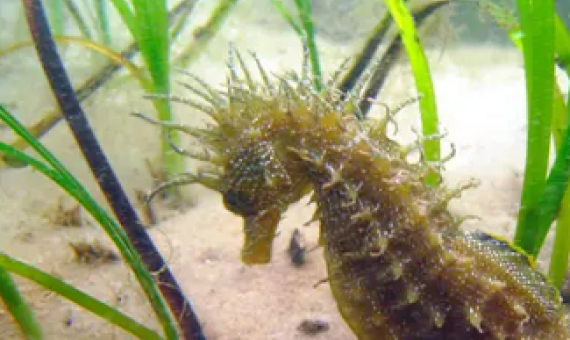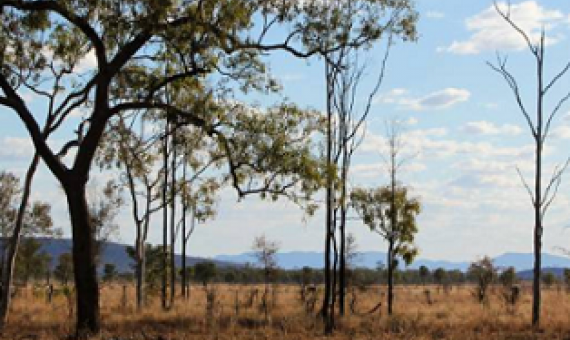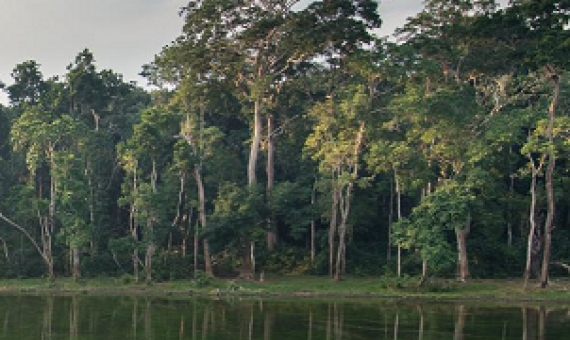A large international team of researchers reports that the amount of land designated as protected around the globe is shrinking. In their paper published in the journal Science, the researchers describe their study of protected lands over the past 200 years, and what they found.
An area nearly twice the size of England will become a “blue belt” of protected waters after the government created 41 new marine conservation zones. Click on the link below to read the full article.
The United States and Brazil are leading an alarming global trend of stripping away and rolling back environmental policies in protected areas to bolster mining and industry. Click on the link below to read the full article.
Protected area connectivity: Shortfalls in global targets and country-level priorities
Connectivity of protected areas (PAs) is crucial for meeting their conservation goals. We provide the first global evaluation of countries' progress towards Aichi Target 11 of the Convention on Biological Diversity that is to have at least 17% of the land covered by well-connected PA systems by 2020. We quantify how well the terrestrial PA systems of countries are designed to promote connectivity, using the Protected Connected (ProtConn) indicator. We refine ProtConn to focus on the part of PA connectivity that is in the power of a country to influence, i.e.
Designing protected area networks that translate international conservation commitments into national action
Here we undertake a cost-effective approach to protected area planning in Guyana that accounts for in-country conditions. To do this we conducted a stakeholder-led spatial conservation prioritisation based on meeting targets for 17 vegetation types and 329 vertebrate species, while minimising opportunity costs for forestry, mining, agriculture and urbanisation. Our analysis identifies 3 million ha of priority areas for conservation, helping inform government plans to double the current protected area network from 8.5 to 17%.
The essential role of other effective area-based conservation measures in achieving big bold conservation targets
We argue that OECMs are essential to the achievement of big and bold conservation targets such as Half-Earth. But integration of OECMs into the conservation estate requires fundamental changes in protected area planning and how the conservation community deals with human rights and social safeguards issues; it therefore challenges our understanding of what constitutes “conservation”. It will only succeed if the key drivers of biodiversity and ecosystem service loss are addressed in the whole planet.
Protected areas in the world’s ecoregions: How well connected are they?
Protected areas (PAs) are the main instrument for biodiversity conservation, which has triggered the development of numerous indicators and assessments on their coverage, performance and efficiency. The connectivity of the PA networks at a global scale has however been much less explored; previous studies have either focused on particular regions of the world or have only considered some types of PAs.
The creation of a new category of private land in Queensland by the state government has been condemned as bad legislation by the Member for Gregory and others. Click on the link below to read the full article.
Using management reports from 2167 PAs (with an area representing 23% of the global terrestrial PA estate), we demonstrate that less than a quarter of these PAs report having adequate resources in terms of staffing and budget. Click on the link below to access the full paper.
Several research studies have revealed that stewardship by forest-dwelling communities considerably slows the rate of forest degradation. Click on the link below to read the full article.












